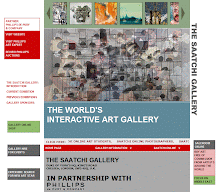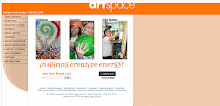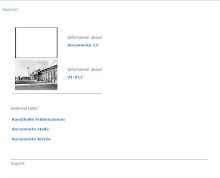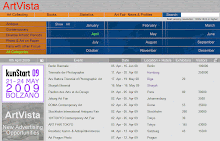
RICREARTE takes life from an intuition of Sabrina Locatelli, graduated in Architecture at the Polytechnic of Milan.
RICREARTE mostly plans, produces and commercializes objects of innovative design using recovered materials. From here the definition [eco] design, meant like reinterpretation of the discarded object and gesture of resistance to the contemporary phenomenon of compulsive wasting.
Objects of design like lamps, carpets, mirrors and sittings are the real outcome of this projecting reflection.
The searching distance is a complex way. It begins from the study, the research and the choice of the materials. Through the planning of the finished work and of the execution instruments, it is advanced until its complete realization.
A continuous dialectic dynamics characterizes the entire process, from the idea to the realization, through the research of an equilibrium between shape, colour, matter and proportions.
If from Arman’s works and then in the Sixty’s, through the Junk Art, the refusals have made their appearance into art galleries, now is the whole world of the design that gives its attention on (?) and re-interpretates them.
Nowadays it isn’t just an esthetic issue, born to give visibility to the implications of the society of the consumptions, but also an ethic issue to the sustainability of life styles. From the provoking attempts, the disconcert operations and the re-contextualization beloved to the artists, [the eco] design moves the attention on the refusal in an ecological point of view: creating objects by what is discarded is a meaningful gesture above all in the name of sustainability and respect of the atmosphere.
It’s a poetic gesture!
ROTHKO CARPET - PRODUCT DESCRIPTION
1. definition
Rothko is a carpet in pure wool felt, hand interlaced.
2. philosophy
The Rothko carpet conjugates tradition and innovation.
One traditional technique as the webbing, through its interlace of weft and warp, joins the innovative topic of the sustainability, meant at the same time as idea, style of life, way to produce.
3. materials
The material used for its realization is recovered from flashes (rejects) of industrial working. They’re selvage drafts of working of the felt. The main characteristics of the “raw materials” are the length (ca. 50 meters every selvage), the thickness and the trace of the seam executed before the cut with a clashing coloured thread.
4. working
The instrument for the realization of the carpet is a handicraft chassis by hand, with specific adjustments according to the base material.
The qualities of the material allow to create, in phase of webbing, a particular, large weft interlace, in which the colour of the felt mixes to the seam’s one following an irregular course (due to the natural torsion of the fiber in phase of working) that creates sophisticated nuances. The connection of “strips” of different colours is made without seams, simply interlacing several selvages the one with the other.
5. finished product
The used technique concurs to obtain infinite variations, through the choice of many different colours, various modalities to assemble them (lines, squares,…) and multiple dimensions.
The characteristics of the material, the particular weft, the design and the colours, rewards every carpet an only piece.
A contemporary weave from an ancient technique.
Curator: Pietro Franesi





















